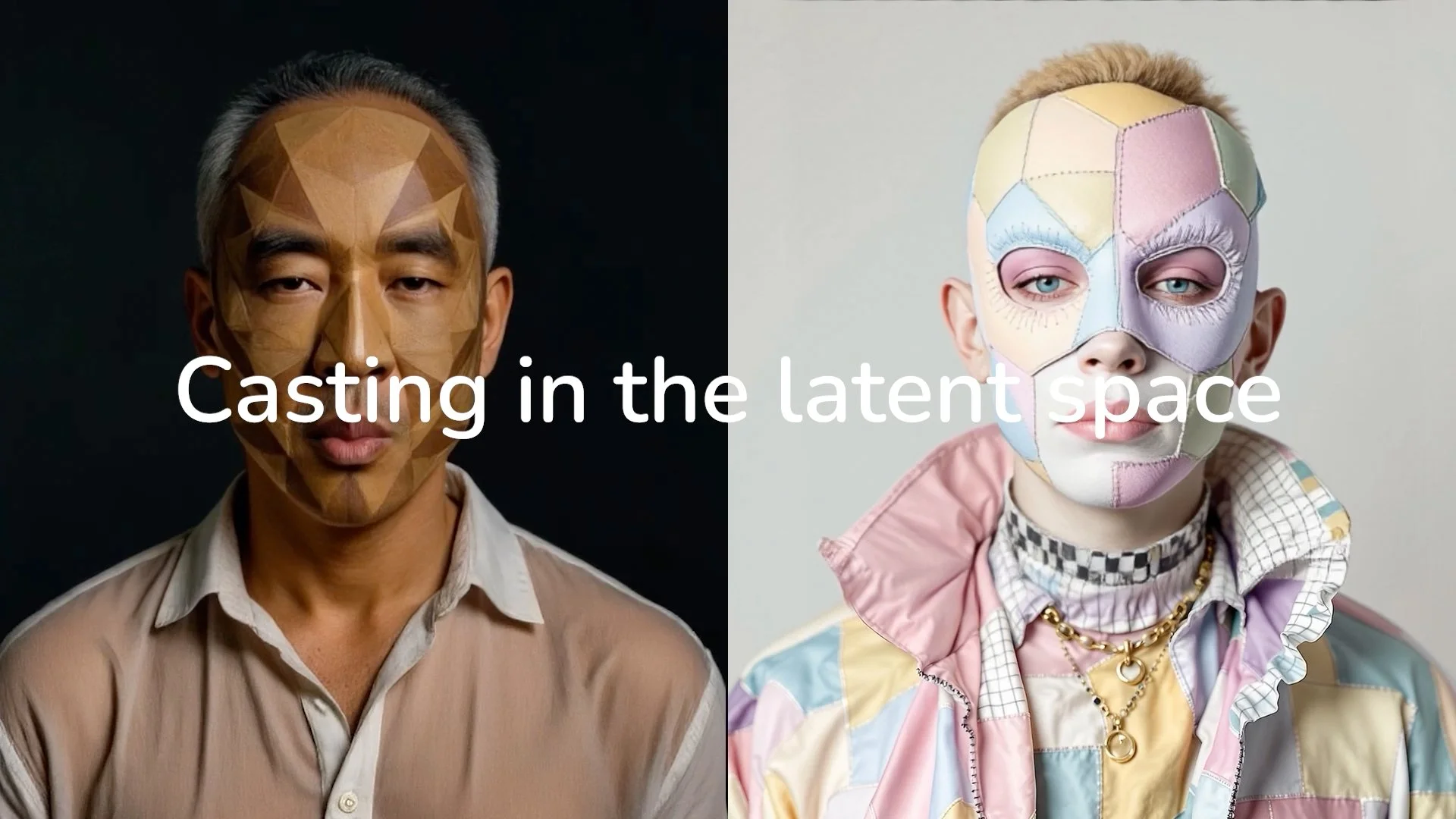The execution of casting
“He lay very still, as if asleep — or rather, as if pretending to be asleep.”
Since I was a little boy, I have been deeply attracted to the tiny segments of becoming. Through writing and drawing, these segments transformed into a code of becoming composed of dots and lines. I just had to follow their respective infinitives as they unfolded and intersected. For example, I observed the movements of shivering leaves, stitching, turning pages, falling rain, dripping water taps, and thousands of other little daily miracles.
Thus, I want to become a poet. To me, this seems the only appropriate way to remain in the realm of becoming. Step by step, I realized how difficult and nearly impossible it actually is.
When I was 16, I started writing a novel that turned out to be nothing but a collection of fragments that I could not connect, no matter how hard I tried. I comforted myself by quoting Thomas Mann's Adrian Leverkühn, who said that the fragment is the only valid form of the 20th century. Honestly, I wasn’t convinced but I couldn’t stop writing. Within the years I produced a body of approximately 4.000 pages.
It took me decades to understand that the goal was not to turn a set of causally connected events into a consistently written novel, but rather to examine the conditions under which it is possible to write poems at all. To do so without focusing on my individual coordinates would have meant turning to philosophy.
I am actually very interested in philosophy and in reading the works of Agamben, Badiou, Deleuze, Heidegger, Nancy, Ricoeur, and others. In fact, I owe my understanding of what I have done so far and how to proceed to those philosophers.
My writing and drawing today consists of three interrelated levels: poems, novels, and what happens on stage. The poems are a solitary encoding of what comes to life within the boundaries of time, transforming time into a state of becoming that corresponds to what Agamben calls the time that remains.
The novels explore the conditions of poetic encoding by tracing auctorial events over a 150-year period, from the year my father was born to my anticipated death. Within these narrative events, fragments are interwoven that I have been producing for about 45 years.
What happens on stage are events in themselves and also part of the novel: sometimes elements of the novel are staged, and other times what has been staged has a narrative impact on the course of the novel.
The happenings have two sources: on the one hand, drawings of figures, spaces, and items; and on the other hand, as already mentioned, passages from the novel and sometimes poems.
For the casting, which turns the sources — the drawn and written segments — into characters or characteristic spaces and objects, I use what we may call our collective aesthetic unconscious, as stored in the latent space of the AI.
How does it work? Here you find an execution of the casting which, as it aims at an additional level of the novel, uses the digital space to make concrete what happens on stage.
The relationship between the levels — the novel and the stage — is the subject of the Disegno Lectures.
The stage settings and all items are the subject of artistic considerations, as is the interaction between the figures.
